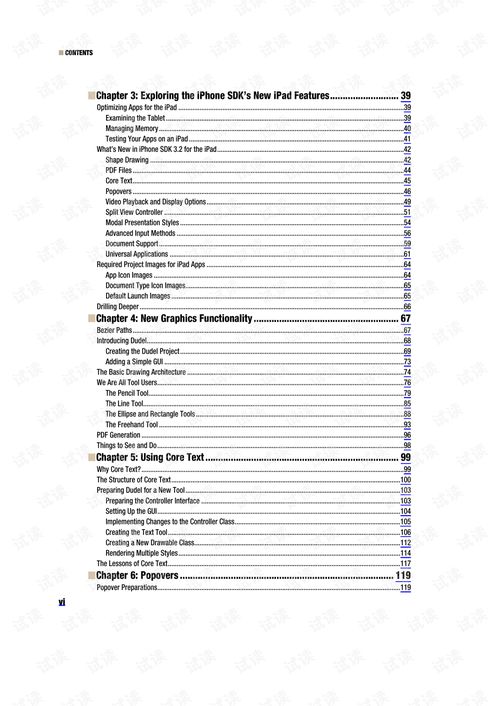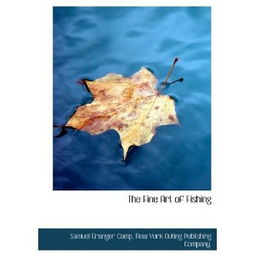Content:
Fishing is an ancient pastime that has been enjoyed by people around the world for centuries. Whether you're a seasoned angler or a beginner looking to hit the water for the first time, understanding how to properly prepare your bait is crucial to a successful fishing trip. In this article, we'll delve into the world of baiting and provide you with essential fishing techniques to help you catch more fish.
Understanding the Basics of Baiting
Before we dive into the specifics of how to prepare your bait, it's important to understand the basics of baiting. Baiting refers to the process of selecting, preparing, and attaching bait to your fishing line. The type of bait you choose can significantly impact your chances of catching fish, as different species are attracted to different types of bait.
Types of Bait
Natural Bait: This includes live bait, such as worms, minnows, and leeches, as well as dead bait, like fish or chicken liver. Natural bait is often preferred by fish because it closely resembles their natural food sources.
Artificial Bait: This includes lures, flies, and other man-made baits designed to mimic the movement and appearance of natural prey. Artificial bait can be effective in attracting fish, especially in areas where natural bait is scarce.
Scented Bait: Some anglers use scented baits to attract fish. These baits are often infused with strong odors that mimic the smell of natural prey.
Choosing the Right Bait
The key to successful baiting is selecting the right bait for the fish you're trying to catch. Here are some tips to help you choose the right bait:
Research the Species: Different fish species have different preferences when it comes to bait. For example, catfish are attracted to stink bait, while bass are more likely to bite on live bait like worms or minnows.
Understand the Habitat: The type of bait you choose should also take into account the habitat where you're fishing. For instance, if you're fishing in a river, you might want to use bait that resembles the insects or small fish that the fish in that environment would naturally eat.
Seasonal Considerations: Fish feeding patterns can change with the seasons. In the spring, fish may be more active and attracted to live bait, while in the summer, they might prefer artificial lures.
Preparing Your Bait
Once you've chosen the right bait, it's important to prepare it properly. Here are some tips for preparing different types of bait:
Live Bait: Live bait needs to be kept alive and well-hydrated. Use a bait bucket with aeration to keep worms, minnows, and other live bait healthy.
Dead Bait: Dead bait should be fresh and properly stored. For fish, it's best to gut and scale them before freezing them. For chicken liver, ensure it's fresh and not overly smelly.
Artificial Bait: Artificial baits like lures and flies should be checked for any damage before use. Ensure that hooks are sharp and lures are free of rust or corrosion.
Attaching Your Bait
Properly attaching your bait to your fishing line is crucial to ensuring a successful catch. Here are some tips for attaching different types of bait:
Live Bait: Use a bait holder or a simple slip knot to attach live bait to your line. Be sure to leave enough line so that the bait can move naturally.
Dead Bait: For dead bait, use a leader and a hook. The leader should be long enough to allow the bait to sink to the desired depth.
Artificial Bait: Attach artificial baits using a variety of knots, such as the Palomar knot or the improved clinch knot. Ensure that the bait is securely attached and can move freely.
Final Tips for Effective Baiting

Experiment: Don't be afraid to try different types of bait and techniques. Sometimes, the simplest bait can yield the best results.
Observe: Pay attention to the behavior of the fish and adjust your baiting strategy accordingly. If you notice fish are not biting, try changing your bait or the way you're presenting it.
Patience: Fishing is a patient sport. Give your bait time to work and don't get discouraged if you don't catch fish right away.
By mastering the art of baiting and incorporating these essential fishing techniques, you'll be well on your way to becoming a more successful angler. Remember, the key to successful baiting is understanding the fish you're targeting, preparing your bait properly, and being patient and observant on the water. Happy fishing!












